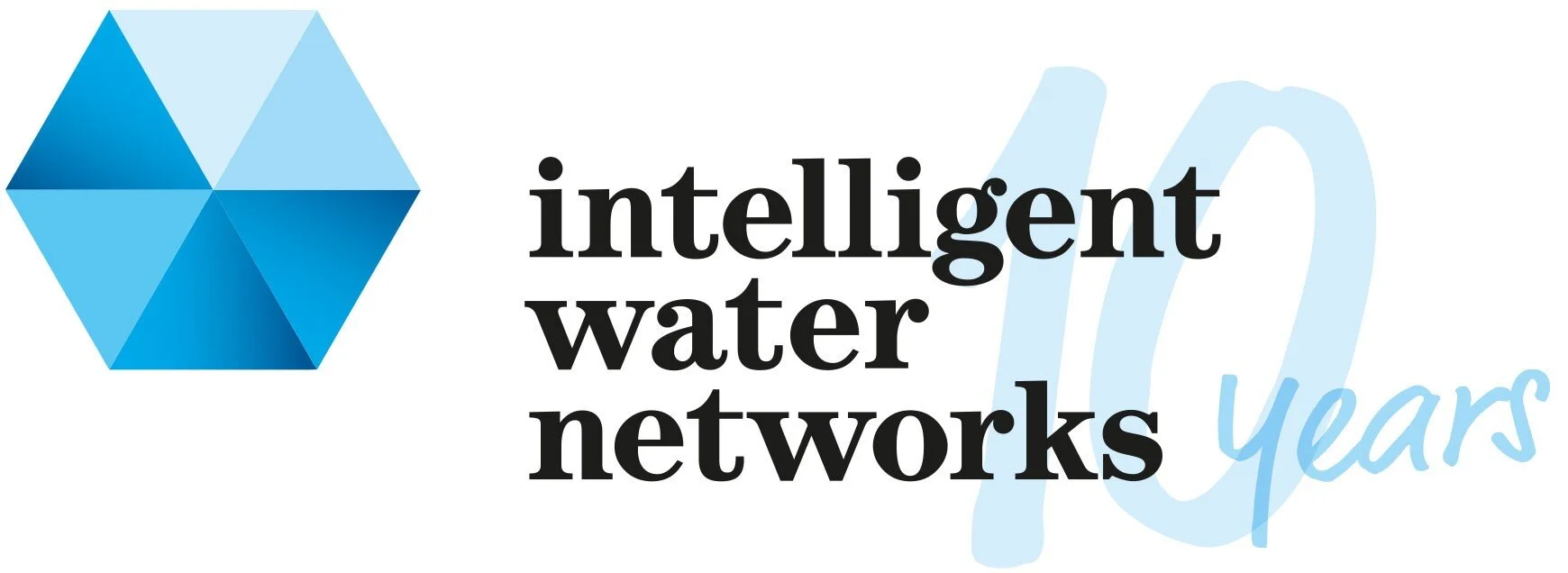Energy and Carbon introduction
The water sector is responsible for approximately 24% of Victorian government-sector greenhouse gas emissions. Water for Victoria, the state’s water plan, says that “our water sector will be a leader in the state’s climate change mitigation and adaptation actions.”
Each water corporation is committed to reducing emissions in accordance with the Statement of Obligations (Emissions Reduction) and further set out in individual strategies and plans.
Key emission sources across the sector are:
Electricity – indirect emissions from the consumption of grid electricity
Wastewater treatment emissions – direct emissions of nitrous oxide and methane as a by- product of biological processes.
Electricity is also a significant operating cost for water corporations, with this focus offering dual- benefits of cost-optimisation and emission reduction.
Victorian water corporations are reducing emissions and optimising energy costs, including implementing more energy-efficient processes and equipment, capturing biogas for energy generation, investing in renewable energy generation, purchasing renewable energy and carbon offsets, optimising energy tariffs and pricing, and pursuing energy cost savings and revenue opportunities.
The focus of the IWN Energy and Carbon Program is collaboration and investment in research and innovation to develop a shared understanding of the issues and opportunities for emissions reduction and energy optimisation, and leverage our collective efforts toward achieving zero emissions.
Program manager: Steve Reddington, Barwon Water. Co-Lead: Rod Curtis, Western Water.
